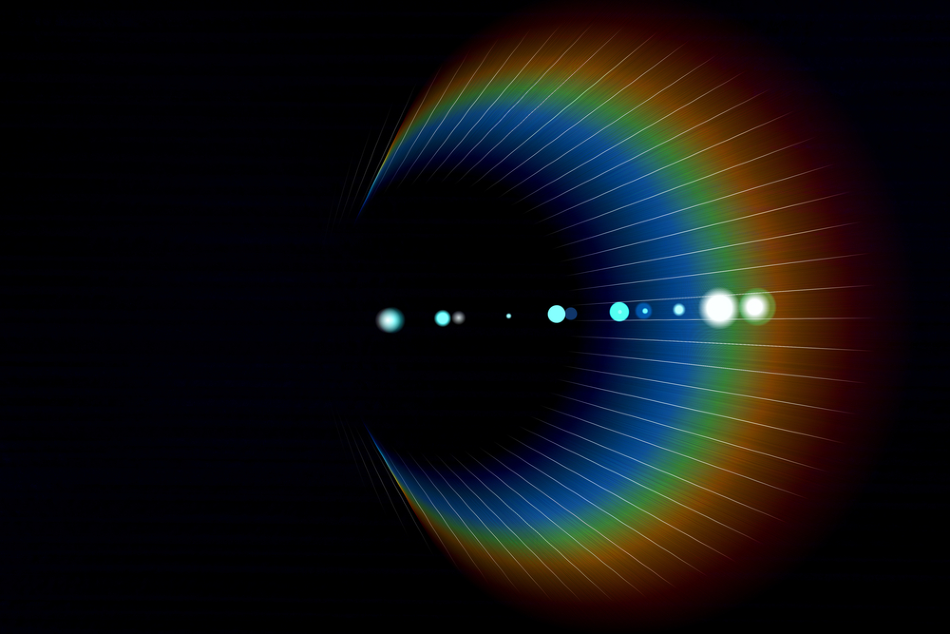Mar 30 2020
Researchers have created a technique for extracting a richer palette of colors from the regular spectrum by utilizing disordered patterns based on nature, which would normally appear black.

Image Credit: Arttanja/Shutterstock.com
The natural colors that one can observe often originate from nanoscale patterns reflecting light in specific ways. For instance, the wing of a butterfly may seem blue since tiny grooves in the wing’s surface allow the reflection of only blue light.
Surfaces seem to be black or white usually due to the nanoscale structures that are totally disordered, resulting in either the reflection or absorption of all the light.
At the University of Birmingham, a group of researchers has currently identified a method to control the way light passes via these disordered surfaces to generate vivid colors.
The research group, including collaborators from Ludwig Maximilian University of Munich, Germany, and Nanjing University in China, has performed a comparison of the method with techniques that artists have been using for ages.
One of the well-known examples of this method is the fourth-century Roman Lycurgus cup, which is made of glass that seems green when light shines on it from the front side, but appears red when light shines through it from the back.
As part of the latest advancement, the research group illustrated a method for finely manipulating this effect to generate highly accurate color reproduction.
Various colors in the image are represented in varying thicknesses of a transparent material like glass, on a lithographic plate. Additionally, the scientists deposited the disordered layer including random clusters of gold nanoparticles. Eventually, the researchers placed a mirror under the disordered layer to create a transparent cavity.
The cavity can capture photons, i.e., particles of light, inside. The photons act like waves within the cavity, resonating at various frequencies below the lithographic surface and emitting different colors as per the length of each wave.
With this method, the researchers could reproduce a Chinese watercolor painting with exquisite color precision.
The different ways in which nature can produce color are really fascinating. If we can harness them effectively, we can open up a treasure trove of richer, more vivid colors than we have yet seen.
Shuang Zhang, Professor and Lead Researcher, University of Birmingham
According to Dr Changxu Liu, the co-author of the study, “In physics, we’re used to thinking that randomness in nanofabrication is bad, but here we show that randomness can lead to be superior to an ordered structure in some specific applications. Also, the light intensity within the random structures that we produced is really strong—we can use that in other areas of physics such as new kinds of sensing technologies.”